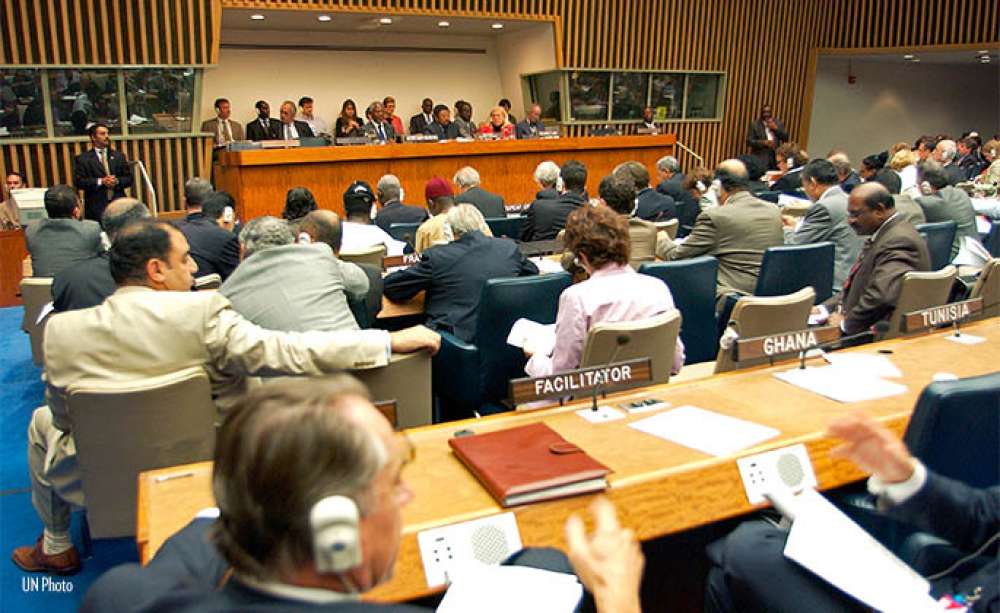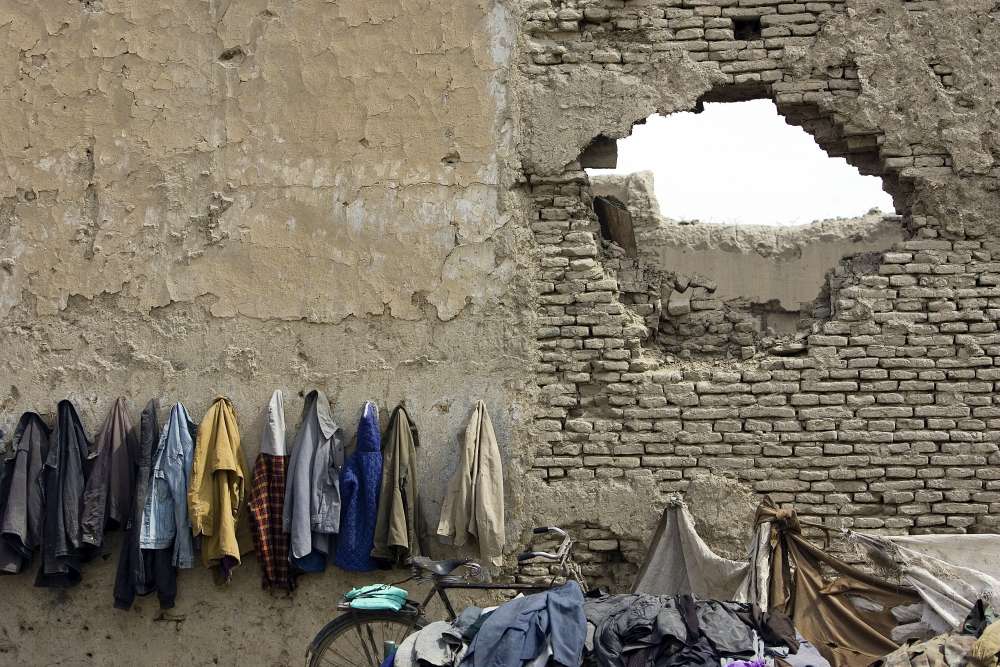International Responsibility as Solidarity
The Impact of the World Summit Negotiations on the R2P Trajectory

Introduction
Proponents of the responsibility to protect (R2P) populations from mass atrocities have hailed the concept’s collective endorsement at the 2005 World Summit, a gathering of heads of state and government for UN reform, as a “major achievement” and “a watershed in terms of the normative evolution of this principle”. This was in contrast to a sense of disappointment among many observers and participants regarding the overall outcome of the summit. On closer inspection, though, the joy of many R2P proponents was limited, as what emerged in the end was merely “R2P lite” on account of its failure to sufficiently address “the fundamental problem of political will [ … and] what should happen if the Security Council is unable to agree in cases where particular states are seeking a mandate to prevent or stop a humanitarian emergency”. It was precisely such formulation in the World Summit outcome document, however, that enabled the relative success of the R2P concept at the United Nations. The fact is that the outcome document was the first formally and universally endorsed document on a comprehensive international role for the protection of populations beyond existing state obligations. As such, it provided an important impetus for a more constructive debate among UN member states regarding such a role in practice and an opportunity for further policy entrepreneurship.
This became possible, as this article argues, because of a discursive shift in the meaning of R2P in the negotiations leading up to the World Summit. Whereas the debate had previously focused on the legitimacy of military intervention and “sovereignty as responsibility”, it was now framed in terms of international assistance for, and solidarity with, those states that faced non-state violence. With the result, the controversial question of dealing with state perpetrators and intervention without consent was largely marginalised through qualifying language and basically left to be decided by the Security Council in future cases.
By discursive shift, we refer to the changes in the meaning attached to R2P in the international discourse on protecting people from mass atrocity crimes. This builds on the understanding of norms as discursive processes whose meaning is created in their practical use, influenced by the ongoing contestation of the definition of R2P and the changing environment of negotiation venues and power structures in the international system. While R2P historically emerged out of the controversy about so-called “humanitarian interventions” and the response to genocide and other mass atrocity crimes committed or abetted by the state, it came to be overwhelmingly understood as assistance for, and solidarity with, states during the negotiations on the World Summit outcome document. As a consequence, the issue of state violence became marginalised in the operationalisation of R2P, which focused largely on measures consistent with state consent, including robust peacekeeping operations.
The debate about protection and intervention was the result of two broad trends that had existed for about a decade before the 2005 summit. First, the failure of the UN membership to prevent and adequately respond to the genocide and ethnic cleansing in Rwanda and Bosnia in the mid-1990s had sparked considerable soul-searching. There was a broad consensus at the UN that the international community should do its utmost to prevent such atrocities from re-occurring. Second, Western interventions in Kosovo and most notoriously in Iraq had polarised the debate about the use of force. They also heightened concerns among many states, particularly from the Global South, that the language of “responsible sovereignty” associated with the normative commitment to prevent mass atrocities was open to abuse in the service of regime change. In a world where the United States was seen as the standard bearer of international responsibility, the Iraq intervention in the name of saving the Iraqi people exposed not only what many in the Global South (and beyond) saw as US hypocrisy about R2P but also the urgent need to clarify who should decide what that kind of responsibility involved. For the UN, these two competing trends resulted in a deep crisis in the early 2000s. The continuing unilateral interventions risked undermining the collective security system in the long run.
The broad agreement by the UN membership on R2P at the World Summit and more so today rests on the meaning of sovereignty that it entails: instead of moving to what Hurrell calls “coercive solidarism”, the R2P discourse affirmed a “consensual solidarism” associated with a traditional understanding of international law created by equal sovereigns. Instead of something that needed to be replaced or substituted by the international community, sovereignty became (again) something to be reinforced and supported. Crucially, the aim of improving the protection of people from mass atrocity crimes remained the same, particularly visible in new mandates for robust peace operations with the priority to protect civilians.
In analysing and outlining the discursive shift to international solidarity, this study builds on existing explanations of how and why the R2P paragraphs in the outcome document came about, pointing to the inputs from crucial negotiation groups, the multilateral, multi-issue negotiation framework, a committed UN leadership and the groundwork laid by the high-level panel report. In contrast to studies that focus on the importance of the World Summit for international law or the operationalisation of protection in such notable crises as Darfur, this contribution takes a more sociological approach and shows how the discursive shift towards international solidarity has, in particular, made it possible to frame ever more robust peace operations involving the protection of civilians as instances of R2P implementation. In that regard, the outcome document provided an opportunity structure for further policy entrepreneurship from states, civil society and the UN Secretary-General.
The article proceeds in two steps. The first section explains how the issues disputed in the negotiations leading to the endorsement of R2P at the World Summit were a result of the specific political situation prevailing at that time (macro-level structures) as well as the logic of the negotiation dynamics themselves (micro-level practices). The second section traces how the elements of the agreed formulation have impacted subsequent debates on R2P. The final formulation provided opportunity structures for further policy entrepreneurship, and promoted a consensual solidarist framing for the practice of robust peacekeeping. In conclusion, we argue that a consensual solidarist understanding of R2P, as established by the World Summit, fits well with predominant normative perspectives and therefore continues to provide the most promising avenue for global action on norms of protection.
The research in this article draws from a variety of sources: nearly all available statements by relevant actors around the World Summit in the UN General Assembly (UNGA), in the Security Council (UNSC) and in informal negotiations, press releases and reports. The authors also reviewed published scholarly works and conducted structured interviews with serving and former officials and experts in Berlin, Delhi and London. Taking an interpretive stance, combined with close reading of the empirical material, helps in highlighting disputed issues, central arguments and patterns of justification on R2P during the World Summit negotiations.
To read the full article, please visit Global Society.







